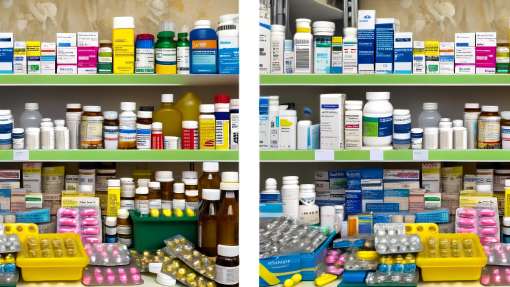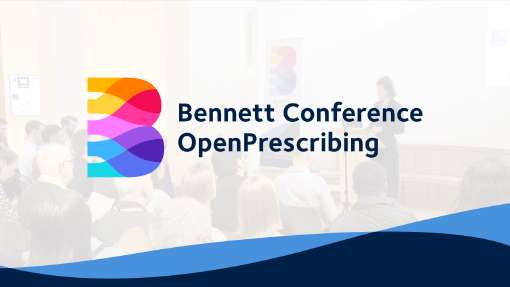Adventures in time travel with the Drug Tariff
- Authors:
-
Posted:
- Categories:

While investigating the data behind Ghost Branded Generics, we came across something that we didn’t expect. As part of our work in creating the Drug Tariff viewer (once we’d managed to obtain the data), we’ve got an archive of Drug Tariff (DT) prices going back to 2010. We used our DT archive to compare listed reimbursement prices with what was actually being paid for generics, we sometimes found that the price paid wasn’t the one listed in the tariff. Instead, sometimes the price was based on the drug tariff price…from the future. or to be more precise, one month into the future.
Now, it’s certainly possible that this is widely known, but here at the Bennett Institute it was a bit of a head-scratcher. As a result, our lead technical consultant Seb Bacon went digging, and this is what he found.
Which drugs are affected?
It seems to affect only generics in the Drug Tariff which are Category A. These are drugs which are “readily available. The Secretary of State determines the prices for Category A drugs to be the average of the price calculated for the pack size listed in the Drug Tariff weighted by four manufacturers on or before the 8th of the month being reimbursed.”
So, what’s happening?
As stated above, If the price changes on or before the 8th of the month, then the category A price is used for that month’s reimbursement. If it changes after the 8th of the month, then the new price is only used for reimbursement from the following month.
For example, if the price of examplestatin 20mg tablets changes on the 6th of January, then prescriptions submitted for payment in January are processed at this price. If the price changes on 12th of January however, the new price is only used for prescriptions submitted from February onwards.
So far, so good. However…
There is another complication. The Drug Tariff is not a live document. The NHSBSA tell us that they only add changes to the tariff until the 15th of the month before it is valid, due to the time taken to finalise and print copies. This means that any changes made after 15th are not reflected in the Tariff (either the paper copy or online) until the following month.
Therefore, a drug whose price changes on 6th January will have the price reflected in the submission for January submissions, but the Drug Tariff has already been published and distributed, and therefore does not reflect this change (including the electronic version), and so in our analysis the price appears to be the February one.
Similarly, a drug which changes its price on 17th January will be reflected in the February submission, BUT has missed the February DT publication date, so it won’t show the correct price in the tariff until March.
We think this means that, in effect, only Category A drugs which change their price between 9th and 14th of the month will have the correct tariff price showing in that month’s tariff.
What’s the impact of all this?
We took a look at the data, and calculated that, in October 2018, approximately 38% of Category A prices had a different reimbursement price what what was shown in the Drug Tariff.
This doesn’t seem to be a issue for either Category M products, as those prices are negotiated and agreed with the DHSC beforehand, or with Category C products, which are based on the list price of a branded product - we think because there is an extra month between the price change date and the reimbursement price coming into effect.
Conclusion
As we said at the start of this blog, this may be relatively well-known in medicines optimisation teams and elsewhere (although as someone who has worked for PCTs and CCGs for a long time, it wasn’t clear to me). It’s worth remembering though that the price listed in the Drug Tariff may not actually be the one that is paid - nearly 40% of Category A drugs in October 2018.
It’s also worth noting that the January 2019 tariff was the last one to be sent automatically in paper form to all pharmacies. It’ll be interesting to see how responsive the changes will be as we move from a paper-based system to an electronic-based one (and indeed, how long it will take for the paper version to disappear completely!)
You can see more of Seb’s clarifications with the NHSBSA here and analysis here.








